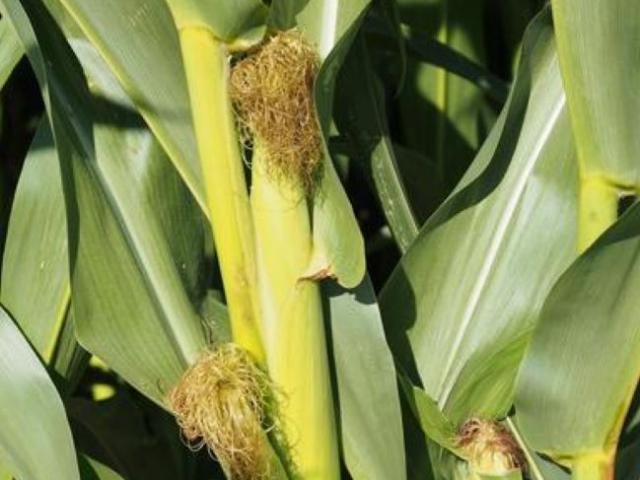By Rory Lewandowski, CCA
Corn silage is an important component of many dairy and beef cattle rations. The goal is to make a high-quality feedstuff, but to achieve this requires planning before harvest, monitoring plant moisture, good harvest practices, and good storage management. Our 2019 corn silage harvest presents some challenges, specifically the late planted corn that will be harvested in an immature state with little to no grain production.
The single most important factor in silage production is plant moisture content at harvest. Silage is a fermented or “pickled” product. The fermentation process involves bacteria converting plant sugars into lactic acid. The bacteria responsible for this work need certain conditions to thrive and one of those conditions is moisture. These desirable bacteria work best in a moisture range of approximately 64-68%, which corresponds to a plant dry matter content of 32-36%. Varying more than a few percentage points to either side of this optimum range greatly increases the probability that you will end up with poor quality silage at best, and at worst, unpalatable junk.
Dr. Limin Kung, from the University of Delaware, is widely recognized for his work on silage production and the biology behind the fermentation process. Dr. Kung has described silage making as a battle between good and bad microbes. On the good side, we have the lactic acid bacteria and on the bad side, there are yeasts, molds, clostridia organisms and entero bacteria. Both types of microbes are present in green chopped forage. To make good quality silage the lactic acid bacteria must win the battle. For that to happen, the correct moisture and anerobic conditions must be present. When lactic acid bacteria dominate, they lower the pH below 4.5, which is required to stop the activity of those bad microbes. Typical well-eared corn silages have pH values between 3.8 and 4.0.
There is a considerable amount of corn planted after mid-June and even into the later part of July in parts of the state. There are consequences to this that affect silage production. Depending upon the planting date and maturity rating, there will be little to no grain production. Plant starch concentration will be lower as compared to normal, well-eared corn plants. This affects the energy value of the silage. Most if not all, of this late planted corn will not mature and begin normal die-back and dry-down. These plants are going to stay vegetative and green with high moisture content possibly as high as 75 to 80%, until a frost. If plants are harvested too wet, besides poor fermentation, a major issue with wet silage is seepage. Seepage equates to loss of nutrients and if that seepage reaches a stream, almost certain fish kill. Fish kills mean a visit from the EPA and fines. Minimize silage seepage with correct harvest moisture and have a plan to contain any seepage that may occur.
Following a frost, the plant starts drying down, but immediately after a frost plants can look drier than they are. Looks are deceiving so take time to measure plant moisture before chopping. Once harvest moisture is reached, there is a narrow harvest window and the clock is ticking. Is there enough on-farm and/or custom harvesting capacity to get all the acres harvested before the plant is too dry?
An option is to treat this crop as a grass forage, much like a sorghum sudangrass planting. Cut before a frost and wilt the forage to a correct moisture content for ensiling or for baleage. From a quality standpoint, cutting earlier rather than later is better. If there is corn in the pre-tassel stage, cut it before it goes into reproductive growth. As with any grass forage, quality declines as the plant matures.
Be aware that there are some risks with the cut and wilt harvest as compared to the chop after a frost option. Kevin Shinners, a biological systems engineer in the Ag Engineering Department at the University of Wisconsin, says soil contamination could be an issue because this is not like hay ground. Whenever there is soil contamination, the risk of undesirable clostridial fermentation increases. The key will be careful setup of equipment to keep dirt out of the harvested forage.
Finally, this is a year when silage inoculants will be very beneficial. The favorable lactic acid producing bacteria population is more likely to be limiting with an immature corn forage. For corn harvested as silage at an immature growth stage, consider the use of a homolactic bacteria inoculant that can help produce more lactic acid and drive that silage pH down.






